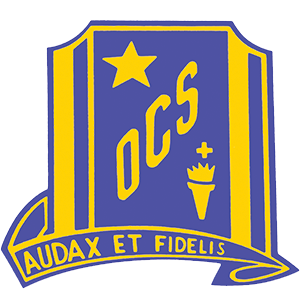Hydrodynamic Levitation
The photo captures a ping pong ball that is held up in the air by the narrow stream of water that is shot out of the end of a hose nozzle.
The ping pong ball stays stationary but spins in the direction away from the water, clockwise as shown in the picture as the water hits the bottom left side of the ball.
Since the ball does not move around, there is a balance of forces, primarily the force of gravity pulling down and the stream of water pushing up.
What is interesting is that the ball finds a stable configuration when the stream hits the side of the ball. As the stream hits the side of the ball, the ball is pushed diagonally up and away from the stream of water. This must mean that there is another force pushing the ball towards the stream.
This force is from the water that adheres to the surface of the ball and is thrown away from the ball to the opposite side.
By Newton’s third law of motion, applying a force to the water results in the water reacting a force equal but opposite in direction, keeping the ball pushed into the stream.
Like the well-known ping pong ball and hair dryer experiment that demonstrates Bernoulli’s principal and its restorative forces, the forces that apply on the ball will maintain the equilibrium position where enough water flowing over pushes in, and enough water from the stream pushes out.
Inspired by Derek Muller’s (from Veritasium) YouTube video “Hydrodynamic Levitation!”




